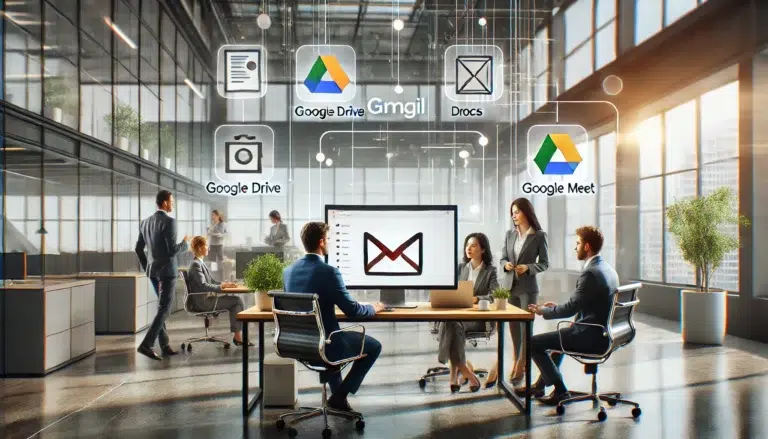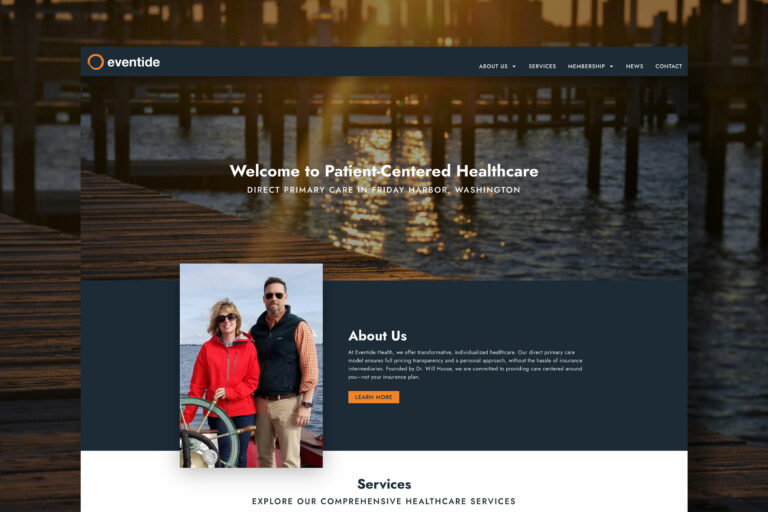Social media has evolved from a platform for casual interactions to a behemoth of business opportunity. Companies large and small have jumped on the bandwagon, hoping to leverage these platforms for increased sales and brand visibility. However, after years of investment, many have questioned the actual return. Is social media marketing just a flashy phrase without substance? Is it possible that, in a world where every brand is expected to be ‘social,’ the actual monetary returns are diminishing?
The allure of social media marketing has been undeniable. Its promise? Direct access to billions of potential customers. But as many businesses have learned the hard way, having access doesn’t guarantee conversion. Let’s delve deeper.
The Allure of Social Media
The modern-day marketeer’s toolkit is incomplete without a solid social media strategy. Platforms like Facebook, Twitter, and Instagram have been heralded as the new-age arenas for brand building and customer engagement. The appeal lies in the vast user base, the informal environment, and the potential virality a single post can achieve. Social media platforms provide a space where brands can communicate and humanize themselves in the eyes of their target audience.
However, the journey from engagement to sales is more complex. Despite the engagement metrics skyrocketing, the conversion rates tell a different story. Many businesses find themselves in a loop of investing heavily in social media campaigns only to be met with lackluster sales figures. The narrative of social media as a potent sales catalyst starts to crumble when scrutinized against the investment it demands in terms of time and finances.
The allure of social media marketing is hard to resist. The promise of a direct line to customers and the potential for viral marketing campaigns can entice any business. However, the harsh reality often surfaces after hefty investments in time and resources, with the anticipated sales boom becoming a mere whimper. The need for a social media presence has almost become a dogma, yet the returns are not always justifiable. Conversely, targeted advertising channels like Google AdWords present a more quantifiable approach towards achieving marketing goals. The juxtaposition of these two digital marketing strategies brings to light the need for a more balanced, ROI-driven approach to online advertising.
Exorbitant Costs with Limited Returns
The allure of viral content and the potential to reach millions with a single post has many companies shelling out big bucks for social media marketing services. Agencies promise the moon and the stars: high engagement rates, a surge in followers, and, most importantly, increased sales.
However, after allocating significant budgets, many companies discover the harsh reality: high engagement sometimes means high conversion. A ‘like’ is not a sale. And while it’s nice to have a post shared and commented on, it doesn’t guarantee that these engaged users will become paying customers.
In contrast, the investment in platforms like Google AdWords is directly tied to a tangible outcome—clicks leading to potential conversions. The pay-per-click model ensures that businesses only pay for actual interactions, making the ROI more transparent and more accessible to measure.
The New Standard: Presence, Not Performance
Today’s consumers expect brands to have a social media presence. It’s become a norm rather than an exception. But this ubiquity also means that the novelty has worn off. Being on social media no longer sets a brand apart – it merely puts them on par with everyone else.
Brands are caught in a catch-22 situation. Not being on social media might result in a credibility hit, but being there doesn’t necessarily give them an edge in sales. This conundrum has many businesses re-evaluating their digital marketing strategies.
The onus to constantly churn out content, respond to comments, and manage community expectations can take a toll on a business’s resources. Moreover, the algorithms governing social media platforms are notorious for changing unannounced, making it a moving target for marketers trying to maintain a consistent presence.
The fear of invisibility on social media drives a narrative that compels businesses to invest in social media marketing, often at the expense of other, more direct marketing channels. The social media treadmill is hard to step off, yet the question remains: at what cost?
The Tangible Benefits of Targeted Advertising
Enter platforms like Google AdWords and other targeted advertising methods. While social media casts a wide net, platforms like AdWords allow for precision. Brands can target their ads based on keywords, user behavior, and demographics.
Such targeted approaches often result in a higher return on investment (ROI). It’s the difference between shouting in a crowded room and having a one-on-one conversation. The latter ensures that the intended audience hears the message loud and clear.
Moreover, the metrics provided by these platforms allow for continuous optimization. Brands can easily track which ads are performing well which keywords are driving traffic, and adjust their strategies accordingly. This data-driven approach ensures that marketing budgets are utilized effectively, leading to actual sales rather than just virtual thumbs-up.
Comparing Apples to Apples: Social Media vs. Targeted Advertising
Social media marketing and targeted advertising serve different purposes. While the former is broad and aims to increase brand visibility and engagement, the latter is designed for direct conversions and sales.
According to a recent report by SearchEngineJournal, businesses that invested in targeted advertising witnessed an average 200% return on their ad spend. This stark contrast with many brands’ social media experiences brings into focus the essential question: where should businesses invest for the best ROI?
One of the main advantages of platforms like Google AdWords is their pay-per-click model. Unlike social media, where brands might pay for views or impressions, targeted advertising ensures that companies only shell out money when a potential customer shows active interest, such as by clicking on an ad. This distinction can mean significant cost savings and a more efficient use of a marketing budget.
Reevaluating the Digital Marketing Mix
Recognizing that no single approach will be the silver bullet in today’s complex digital landscape is essential. However, businesses can tailor their strategies for maximum impact by evaluating and understanding each platform’s benefits and limitations.
Perhaps the key is balance. While maintaining a social media presence might be crucial for brand reputation and customer engagement, diverting a larger budget towards targeted advertising might ensure a better sales conversion rate.
To truly thrive, brands must be agile and willing to pivot their strategies based on performance metrics and industry trends. The “set it and forget it” marketing era is long gone. Today, it’s all about adaptability and ensuring that every dollar spent contributes to the bottom line.
The Future of Digital Marketing: Beyond the Hype
Looking ahead, it’s clear that the world of digital marketing will continue to evolve. As technologies advance and consumer behaviors shift, brands must stay ahead of the curve. Investing time and resources into understanding the intricacies of different platforms and strategies will be crucial.
One potential avenue is the rise of voice search and AI-driven personalized advertising. As virtual assistants become more integrated into our daily lives, a new frontier opens up for marketers. Brands that can harness these technologies effectively might find themselves leading the pack in the not-so-distant future.
Final Thoughts
The allure of social media marketing is undeniable. The promise of direct access to billions, the potential of viral content, and the sheer scale of platforms like Facebook and Instagram can be tempting. However, as many businesses have learned, only some glitter is gold. While social media offers numerous benefits, it might only sometimes translate to sales.
On the other hand, targeted advertising platforms like Google AdWords present a compelling case for a more focused, data-driven approach. By ensuring that ads reach the right audience at the right time, brands can achieve a higher ROI and, ultimately, boost their bottom line.
Ultimately, it’s not about choosing one over the other but understanding the unique role each plays in a holistic digital marketing strategy. As the digital landscape continues to shift and evolve, so must our strategies. Only then can brands genuinely harness the power of the online world and translate it into tangible business success.














